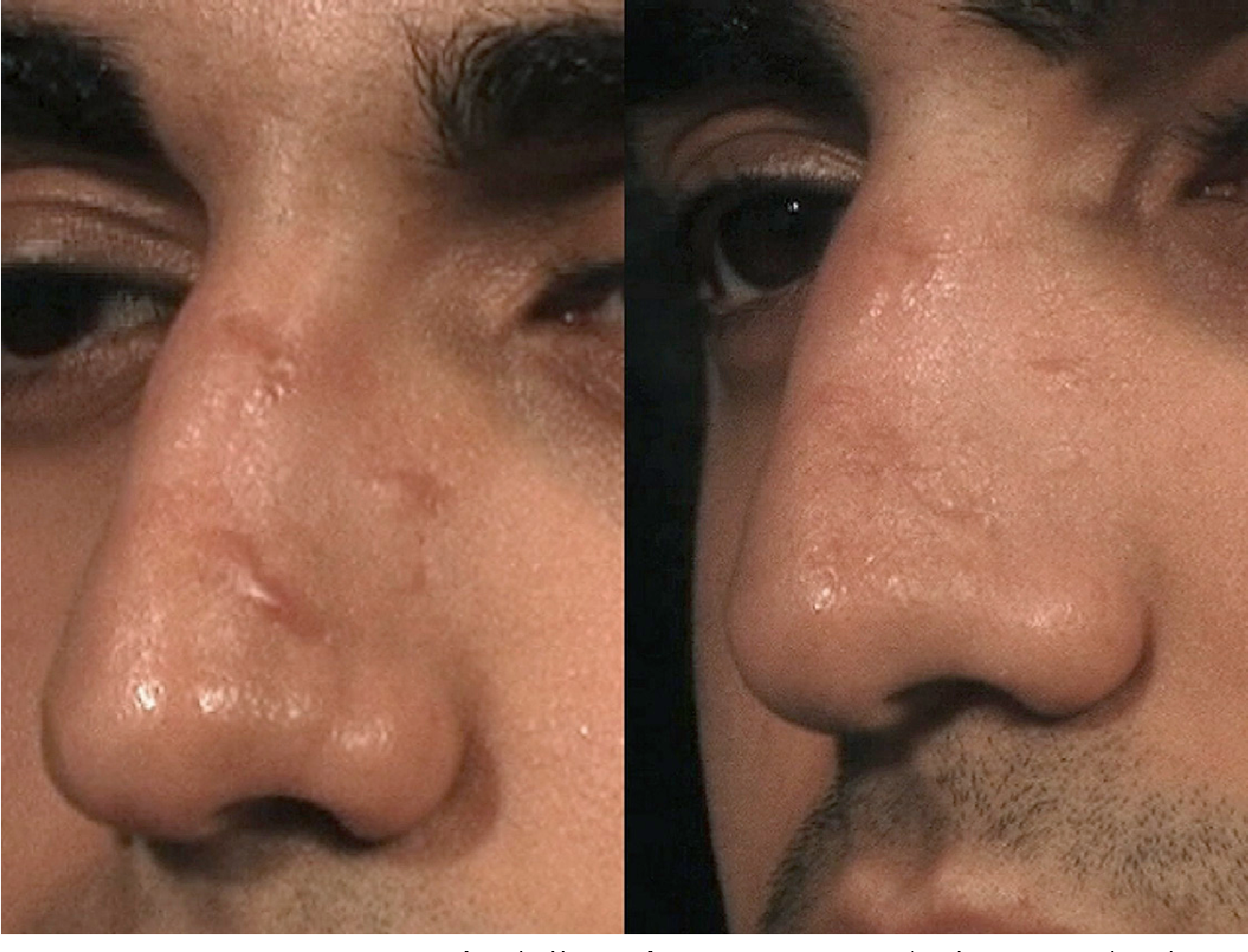Scar Removal Treatment
Scars cannot be removed completely, but they can often be made less visible.
A GP may refer you to a dermatologist (skin specialist) or a plastic surgeon for treatment. Some treatments, such as laser therapy and steroid injections, are not widely available on the NHS, so you’ll need to pay for them privately.

Skin camouflage (make-up)
Pharmacies sell make-up that’s specially designed for covering scars. It can be particularly useful for facial scars.
If you have a large area of skin to cover and you live in England or Scotland, the Skin Camouflage Service run by the charity Changing Faces may be able to help. A GP can refer you to the service or, in some areas, you can refer yourself.
Fully trained skin camouflage practitioners will be able to find a good colour match for your skin tone and teach you how to apply the make-up. It’s waterproof and can stay in place for 2 or 3 days.
Sometimes – for example, if you have a scar after having an operation or you have a disfiguring skin condition – you may be able to get camouflage make-up on the NHS. You should discuss this with a GP.
Silicone gels or sheets
Silicone gels or sheets can be used on healing skin (not open wounds) to help soften and flatten a scar. They can also relieve itching and discomfort.
To be effective, silicone gels or sheets should be placed over the scar for 12 hours a day for at least 3 months. They can be washed and reused.
Ask a GP, dermatologist or pharmacist if they can recommend a suitable silicone-based scar treatment for you.
Steroids
Steroids cannot remove scars completely, but they can improve their appearance.
Corticosteroid injections can be used to treat some keloid and hypertrophic scars.
The scar is injected a number of times to reduce any swelling and flatten it. Depending on the type of scar, the injections may need to be repeated.
Injections are usually given on 3 occasions, 4 to 6 weeks apart, to assess your body’s response. Treatment may continue for several months if the scar is improving.
Steroid-impregnated tape can also be used to try to flatten keloid scars. It can be prescribed by a GP or dermatologist and is applied for 12 hours a day.
Laser therapy
Laser or light therapy (pulses of light) can reduce the redness in a scar by targeting the blood vessels in the excess scar tissue.
For some pitted scars, laser surgery (laser resurfacing) is used to try to make the scar flatter. This involves using a laser to remove the top layers of skin, which stimulates collagen production in the deeper layers.
But there are not many long-term studies to prove the effectiveness and safety of laser therapy. If you have laser therapy, make sure the person doing it is a fully trained medical practitioner with experience in improving scars.
Cryotherapy
Liquid nitrogen can be used to freeze keloid scars. If cryotherapy is used in the early stages, it may flatten keloid scars and stop them growing. A side effect of treatment is that it can lighten the colour of the skin in the area being treated.
Dermal fillers
Dermal fillers are substances that can be injected to “plump up” pitted scars. Treatments can be costly and the results are usually temporary. Repeat treatments are needed to maintain the effect
